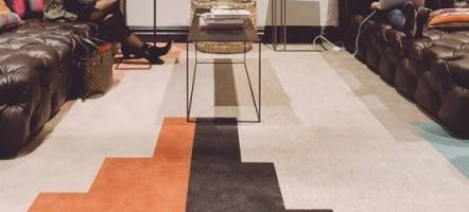September 22, 2015
Top employers for working families praised for flexible approach 0
 The financial sector is well represented in this year’s annual list of Top Employers for Working Families as announced by charity Working Families. American Express, Barclays Bank, Citibank, Deloitte and Lloyds all made the list, while just two public sector organisations Ministry of Justice and Southdown Housing Association were in the top ten. Employers with up to 250 employees that reached the Small Employer’s Benchmark – ranged from law firm Sacker & Partners LLP to Bristol Students’ Union. To enter the awards, which are sponsored by Computershare, organisations must complete a benchmark survey which examines in detail their flexible and family friendly working policies and practices. As flexible working becomes embedded in more organisations, Working Families is calling on employers to ‘adopt a ‘flexible by default’ approach, to continue the rise in flexible working and help everyone to achieve a work life balance that works for them.’
The financial sector is well represented in this year’s annual list of Top Employers for Working Families as announced by charity Working Families. American Express, Barclays Bank, Citibank, Deloitte and Lloyds all made the list, while just two public sector organisations Ministry of Justice and Southdown Housing Association were in the top ten. Employers with up to 250 employees that reached the Small Employer’s Benchmark – ranged from law firm Sacker & Partners LLP to Bristol Students’ Union. To enter the awards, which are sponsored by Computershare, organisations must complete a benchmark survey which examines in detail their flexible and family friendly working policies and practices. As flexible working becomes embedded in more organisations, Working Families is calling on employers to ‘adopt a ‘flexible by default’ approach, to continue the rise in flexible working and help everyone to achieve a work life balance that works for them.’













 The allure of London for Generation Y appears to be fading, according to
The allure of London for Generation Y appears to be fading, according to 



















September 21, 2015
Five essential office design trends to look for in the near future 0
by Tom Brialey • Comment, Facilities management, Flexible working, Workplace design
(more…)